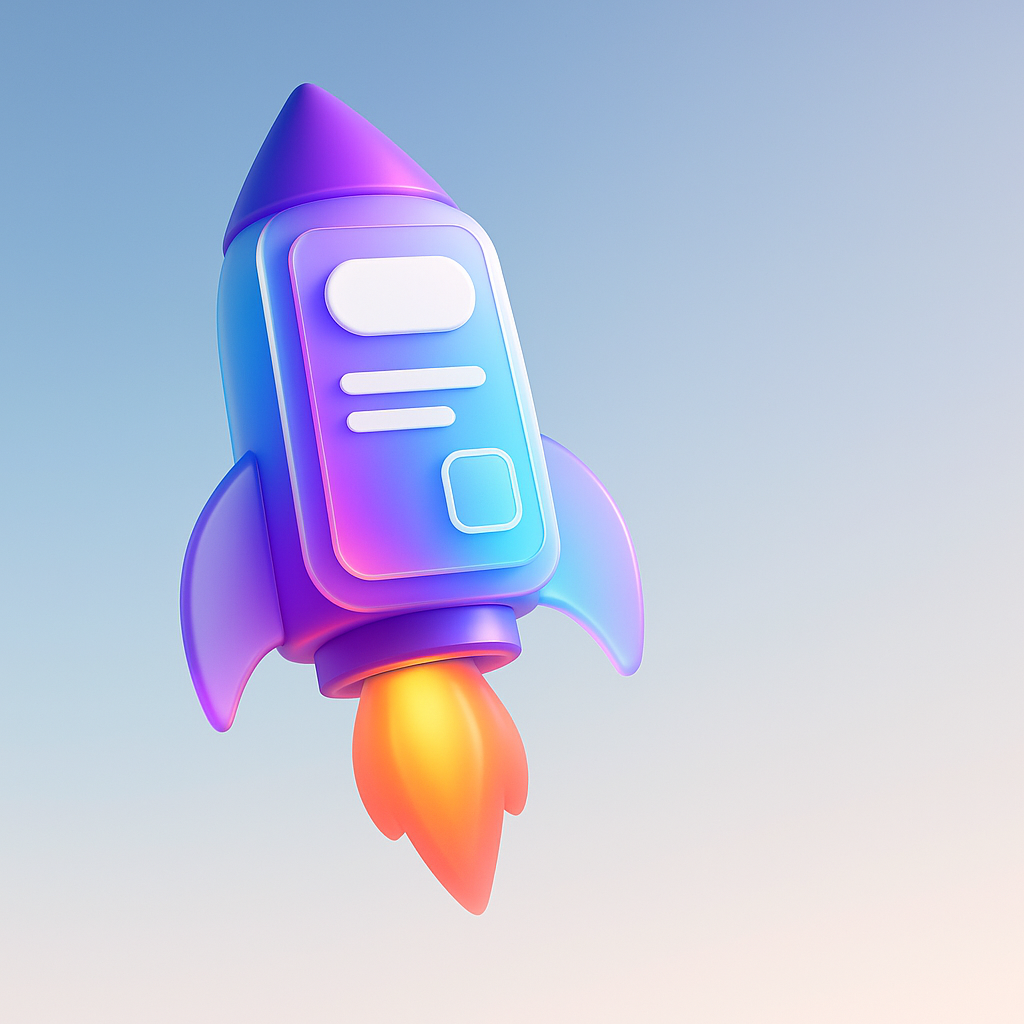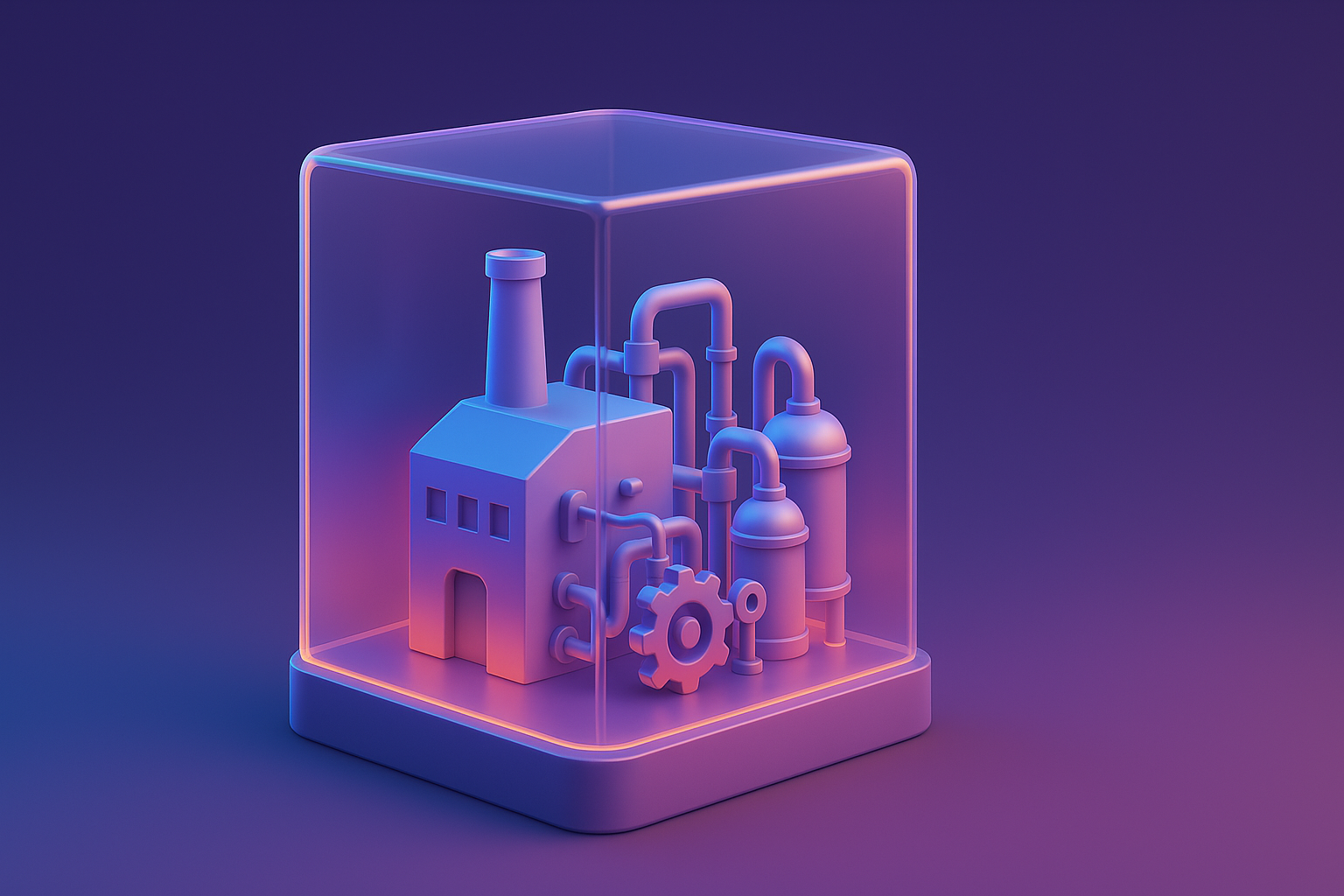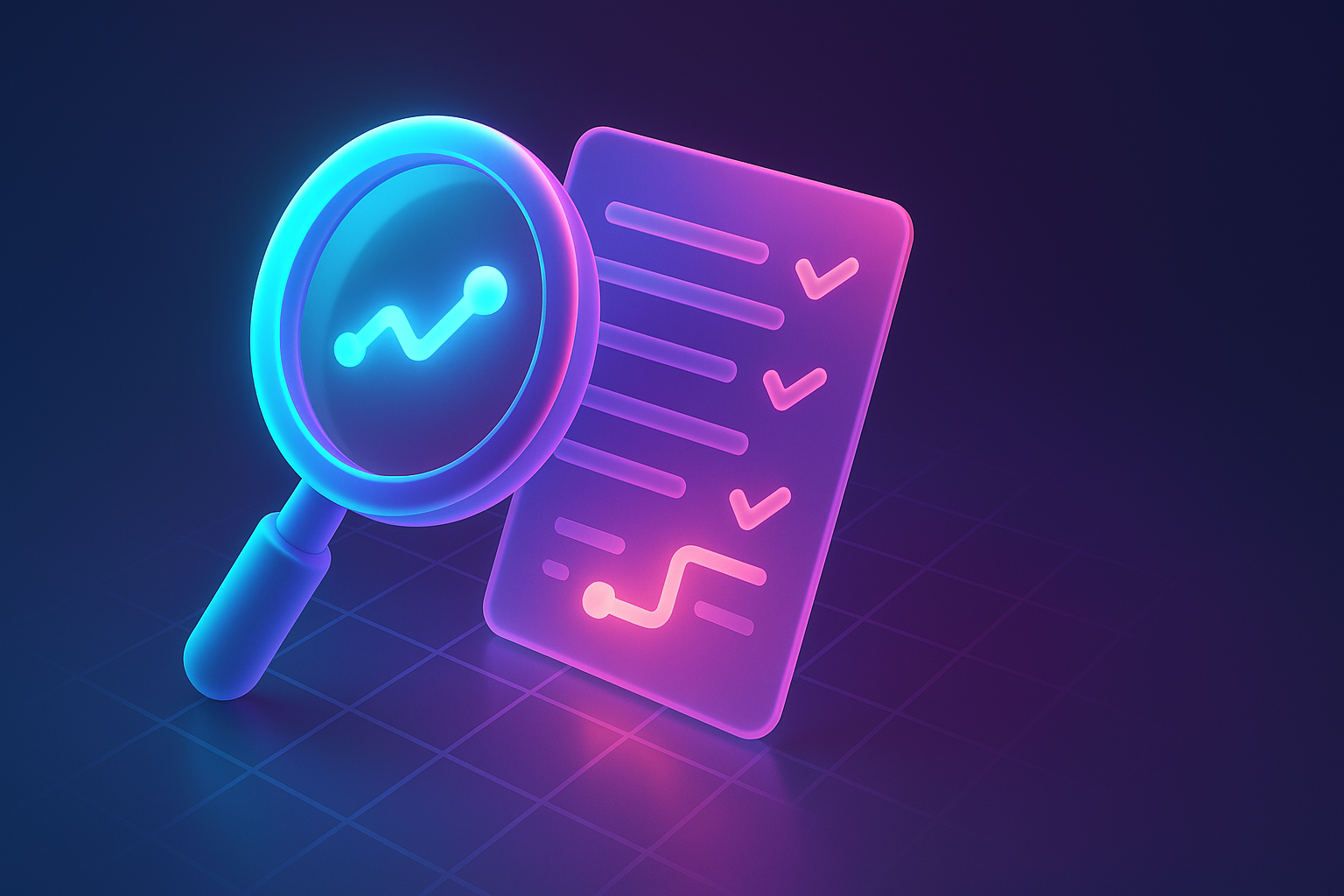Product-LED Growth (PLG): When the product is the best marketing tool

The real problem in life
For the SAAS business owner or the producer in the tech industry Have you ever felt like this? Marketing team, huge advertising budgets to find Lead, Creative Cells Team Demo products until the neck is dry. But in the end ... the customer said "Can I try it first?" Or worse is Apply and then "disappear quiet" because what you see in the advertisement With what is actually used "Different movies"
We put money on the "shouting" saying how good our products are. But forgot the basis that is the most important that In this era, customers no longer "believe" advertising, but they "believe" experiences that have experienced themselves. This problem is called "walls" during traditional marketing (Sales-LED Growth) and the changing consumer behavior. Which causes the cost of finding customers (Customer Acquisition Cost - CAC) to rise, but the conversion rate does not move anywhere
Prompt for illustrations: Comparison graphics between the old market model (Sales-LED), which has a sales team. With a new model (Product-LED) that has the product in the middle and attracts the customers themselves. Demonstrate different complexity and costs
Why did that problem occur?
This problem does not happen because your team is not good. But it was caused by "Buy methods" of customers who have changed completely in the past. Customers have to rely on the sales team to learn about the product. But now they are able to find information, read reviews and compare all their own competitions on the internet. They want "Try before buying" (try-beFore-you-buy) like we test drive Or try clothes before making a decision to pay
The source of the problem comes from the traditional business model (SALS -LED Growth (SLG) that has "people" as the center of sales. Which creates enormous friction in the digital age:
- Unaware of expectations: Marketing teams may create images that are too elegant. Once the customer has tried it, it is not what you think. Was disappointed and stopped using
- Long sales cycle: Customers have to go through many checkpoints. From filling in the form, waiting for the cells to contact, make an appointment, negotiate the price, which consumes the time and makes the customers' interest decreasing continuously.
- High cost: hiring a sales team and a large marketing team to reach customers one by one. And cannot scale as fast as it should be
These causes create a large gap between "value" that you really give to the "method" that you present the value for customers to experience the website designed for the growth of Startup Saas, especially , which is an important starting point for reducing this gap.
Prompt for illustrations: Infographic image shows the route of customers in the winding Sales-LED model that is winding and has many steps (filling in the form, waiting to contact, Demo) compared to the route in the direct-LED model that is straight and simple. (Apply for free, try to use, upgrade)
If left, how will it affect?
Ignoring this change and still attached to the original model Is like "Rowing the water". Not just tired. But also at risk of disappearing in the end The tangible impact, which will definitely follow:
- Burning money with a quality Lead: Marketing budget will be out of attracting people who are not really target groups or people who just "want to know" but do not "use", causing the sales team to waste time chasing those who are not ready to buy.
- Grow slower than competitors: while you are busy with demo products Competitors using the Product-LED model can reach new users. Thousands of people around the world at the same time through their own products.
- High Churn Rate: When customers are "pushed" to buy without seeing the value of their own products. The opportunity for him to stop using the service after the contract expires, or when encountering a better option, is very high.
- Miss the opportunity to create a real "fan base": You will miss the opportunity to change ordinary users into brands (Advocates) that tell and recommend your mouth -to -mouth products. Which is the most powerful market power
Finally, your business will be stuck in The "vicious circle" of finding a new customer to replace the old customers. Making it impossible to grow sustainably and stable Understanding UX for Onboarding Customers SAAS is the heart of preventing this problem.
Prompt for illustrations: Ice iceberg image The part that is seen above the water is "sales", but the part that is submerged is much bigger. "High marketing costs", "Churn Rate", and "Loss of growth opportunities"
Is there any solution? And where should it start?
The powerful and proven solution from world-class technology companies is to change the paradigm to Product-LED Growth (PLG) or "growth led by the product".
What is a product-lred growth? Speak as easy as possible It is a strategy used Your own "product" is the main tool for finding customers (Acquire), causing customers to start using (Engage), changing to a customer that pays (RETAIN) by allowing users. "Experience the value" of the product directly from the beginning Instead of waiting for the sales to explain
The heart of PLG is to reduce all friction. And give the opportunity for users to come in "Try to use before buying" through various models such as:
- Freemium: Open to use the basic features for free forever. And propose to upgrade when you need advanced features (such as Slack, Dropbox)
- Free Trial: Open for free features for free at a limited time (such as Netflix, Adobe Creative Cloud).
And where should it start? The most important starting point is to change the mindset from "How can we sell this product?" We will make our customers the value from our product as soon as possible? " "Erm ... of it must have!" By yourself, the decision to pay will become easy immediately. Design features on the SAAS website that stimulates the application. Is the first step to start this route
Prompt for illustrations: Infographic. Summary of the product-LED Growth (PLG) concepts that have 4 main steps: Acquire, Engage, Convert, Retain.
Examples from the real thing that used to be successful
Theory may still look boring. Let's take a look at the examples from the company you know well about how they use the power of the Product-LED Growth.
1. Slack: From the internal tools to the organization's chat program around the world.
Slack begins with being a game tools of the game development team. But they noticed that it has more potential Instead of creating a large sales team They choose to use the Freemium model that everyone can start using for free. What happened is The employee in one company started to use a free Slack and found that it was so work that they invited other teammates to continue using until the end of the department, or the whole company could not be lacking and led to the upgrade to the plan. Finally, the Slack could not "sell" but made the "stuck" produce.
2. Calendly: Solve the problem of headache.
Has anyone ever encountered many email problems to find the date and time? Calendly solves this problem in a very simple way. Meaning that you create a personal schedule link and send it to others to choose a convenient time When someone receives your Calendly link and finds that it is very convenient. He would like to apply for himself. This is a viral loop that is truly driven by the product, causing Calendly to grow leaps without having to market at all.
3. Dropbox: When the data storage area turns into a viral
Dropbox, starting with a Freemium model that provides 2GB free data storage space, but with smart conditions. "If you invite friends to apply You and your friends will get more space! "This strategy changed all the users into a marketer immediately and causing Dropbox to grow so that everyone thought of when talking about Cloud Storage.
These cases are proof that When you have a great product and give people the opportunity to try It will occur from the inside. Like a fire that spread throughout the field without using people to go to the point one by one
Prompt for illustrations: The logo of the company that is successful with PLG, such as Slack, Calendly, Dropbox, ZOOM, beautifully arranged. Ready to show the growth graph of users who are rising
If you want to follow, have to do it yet? (Can be used immediately)
Changes to use the Product-LED Growth strategy, not just adding a button. "Apply for free" into the website. But it is the change of the whole organization's way of thinking. Try using this simple checklist to start:
- Find your "AHA! Moment" to meet: What is the point that the user sings "Wow!" And see the value of your product for the first time? You have to design all experiences to bring the user to that point as soon as possible.
- Create a route that "Frictionless Path" (Frictionless Path): Reduce application procedures as short as possible. Do not ask unnecessary information. Allowing users to access the product in a few clicks. Using free tools as a magnet to attract Lead is one of the interesting sub -strategies.
- Excellent Onboarding design: not just teaching how to use it, but must "guide" for users to find important features that will make him see the value of products quickly.
- Determine "Product-Qualified Lead" (PQL): Instead of using MQL (Marketing-Qualified Lead) that is measured from interest. To change to the temple from "Usage behavior", such as users who invite 3 teammates or successfully creating the first project, is considered a PQL that is ready for the sales team to talk to close the organization's sales.
- Use data (DATA) to make decisions: Follow up all usage behavior to understand where customers are stuck. And bring that information to continuously improve products and usage routes
- Adjust the team structure to be consistent: the production team, marketing, and the cells must work closely, with the "customer success" as a common goal. Not separated, working as before
Beginning to do this requires cooperation from all parties. And may have to use the service from Website development experts for Startup Saas to lay a strong technical foundation.
Prompt for illustrations: Checklist or Mind Map showing 6 steps in starting a product-LED Growth with an easy-to-understand icon.
Questions that people tend to wonder And the answers that are cleared
Question: What kind of business is Product-Seed Growth (PLG)? Can it be used with non -saas business?
Answer: Although PLG is famous in the SAAS industry, its principles can be adapted to many businesses. The heart is "for customers to try value first", such as the E-Commerce business that has a policy to return the product, a content that provides free content before applying for membership. Or even a service business that may have a free session for 15 minutes. All of this is the spirit of PLG.
Q: If using the plg, do we still have a sales team?
Answer: Still need! But the role of the sales team will change In the past, "hunting" new customers will change to a "consultant" for free users (PQLS), which has the potential to become a large corporate customer (Enterprise), which requires more complex care and proposals to upgrade through the webpage.
Question: Between Freemium and Free Trial. Which type should be chosen?
Answer: Depending on the complexity of your product.
- Freemium is suitable for easy -to -understand products. There is a high chance of viral loops. And able to create value, even with limited features
- Free Trial , suitable for complex products and takes time to learn Users need to access all features in order to understand their true value.
Question: How can we measure the success of the PLG strategy?
Answer: Must change the metrics that we focus. In addition to the original conversion rate, it should be turned to look at more important numbers such as Time to Value (the time that the customer uses more value), Product-qualifed Leads (PQLS), Expansion Revenue (Old Net Revenue) and income. (Loss of revenue from customers who stop using deduction with the increased income from old customers)
Prompt for illustrations: Image icons, question marks (?) Large size and have important questions-answers. Surrounded in the form of a card that is easy to read
Summary to be easy to understand + want to try to do
At this point, I believe that you can see that Product-LED Growth (PLG) is not just a marketing trend, but it is the "evolution" of the digital business in which customers are big. Changing from "pushing" sales is "attracting" with the value of the product. Is the key to your business to grow sustainably and more efficient than competitors
It is to change your products to work as hard as possible. From the original that was just "Things to sell" to become the "best salesperson" that works for you 24 hours, no holidays. Can reach customers around the world And impressed by itself
Do not let the high marketing costs and the long -standing sales cycle are any obstacles to your growth. It's time to "Let your product say" and truly grow from the inside.
It's time to do it! Let's go back and ask yourself and your team today. "We will make the first customer applying to use. How can we see the value of our products as fast and easiest? "The answer to this question Is the beginning of a successful travel company!
Prompt for illustrations: Powerful graphics Performing rockets that are rising from the rocket release The rockets have the word "product" written and the flame below is the word "Growth".
Recent Blog

EEAT is not just SEO! In -depth how to build and show signs of Experience, Expertise, Authorittiveness, and Trustworthiness on the IR website to win investors.

Change the boring website into a digital showroom! UX/UI design techniques and use Interactive Content to present an interesting industrial product and stimulate contact.

Delve into the essence! Learn how to analyze the log file of the server to understand Googlebot's behavior, discover the Crawl and SEO opportunities that competitors overlook.






